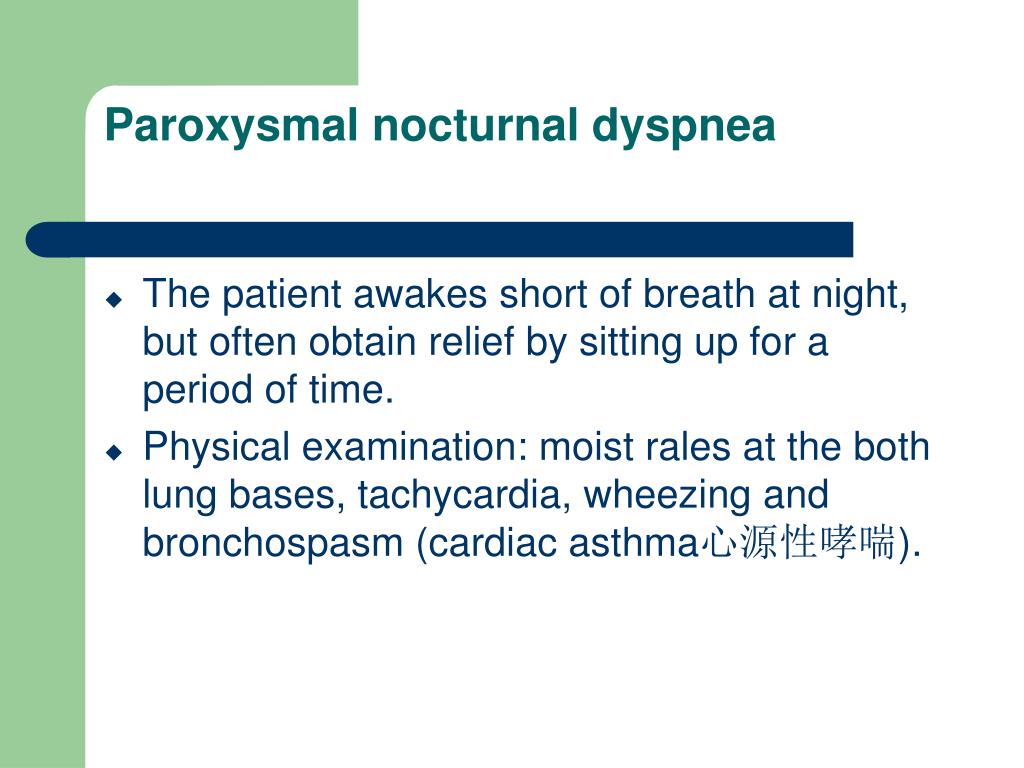
The premature destruction of red blood cells (hemolysis) is the primary clinical finding associated with PNH. Affected individuals should talk to their physician and medical team about their specific case, associated symptoms and overall prognosis. It is important to note that affected individuals may not have all of the symptoms discussed below. Some individuals may have mild symptoms that remain stable for many years others may have serious symptoms that can progress to cause life-threatening complications. The specific symptoms and progression of the disorder vary greatly from one person to another.

The symptoms of PNH occur because of the production of defective blood cells and because the bone marrow does not produce enough blood cells.

The specific symptoms of PNH vary greatly from one person to another and affected individuals usually do not exhibit all of the symptoms associated with the disorder. Severe bone marrow dysfunction results in low levels of red and white blood cells and platelets (pancytopenia). Affected individuals also have some degree of underlying bone marrow dysfunction. In addition to hemolysis, individuals with PNH are also susceptible to developing repeated, potentially life-threatening blood clots (thromboses). Hemoglobin in the urine may not always be visible to the eye. However, hemolysis in individuals with PNH is a constant process (i.e., it does not occur only at night). This finding is most prominent in the morning, after the urine has concentrated overnight during sleep. Individuals with hemoglobinuria may exhibit dark-colored or blood colored urine. Hemoglobin is the red, iron-rich, oxygen-containing pigment of the blood. The destruction of red blood cells (hemolysis) by complement leads to episodes of hemoglobin in the urine (hemoglobinuria). These defective red blood cells of PNH are extremely susceptible to premature destruction by a particular part of a person’s own immune system called the complement system. Some hematopoietic stem cells in individuals with PNH are defective and consequently produce defective blood cells. These cells grow and eventually develop into red blood cells, white blood cells and platelets. Hematopoietic stem cells are created in the bone marrow, the spongy center of the long bones of the body. It is an acquired hematopoietic stem cell disorder. Paroxysmal nocturnal hemoglobinuria (PNH) is a rare disorder in which red blood cells break apart prematurely. 5 Myths About Orphan Drugs and the Orphan Drug Act.

Information on Clinical Trials and Research Studies.However, appropriate treatment of the condition requires identification of the underlying cause and subsequent interventions.

PND may temporarily be resolved by sitting upright. Obstructive and central sleep apnea may also cause episodes of PND to occur. Nighttime incidences of dyspnea may indicate that fluid has built up in the lungs, which could be a sign of pneumonia or pulmonary edema. However, when the condition occurs without an obvious trigger, it may be a sign of a serious health condition such as lung cancer, bronchitis, or heart disease. Shortness of breath during exercise or other situations is not uncommon. The term paroxysmal refers to the sudden onset of the episodes. When this shortness of breath occurs while an individual is sleeping, it is further defined as nocturnal. The term dyspnea or dyspnoea refers to a feeling of shortness of breath or breathing discomfort. The term paroxysmal nocturnal dyspnea (PND) is derived from the symptoms that characterize the condition. WorkplaceTesting Explains Paroxysmal Nocturnal Dyspnea (PND)


 0 kommentar(er)
0 kommentar(er)
